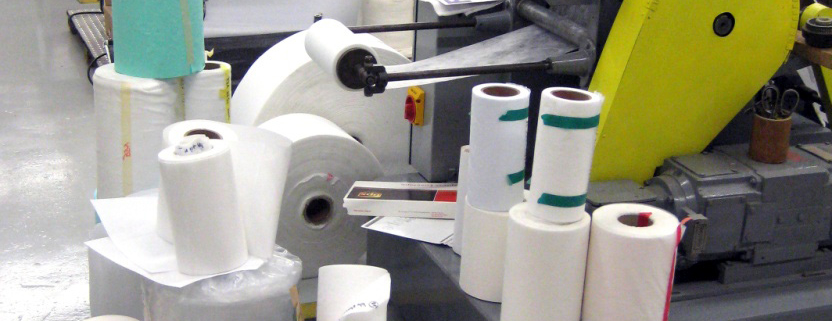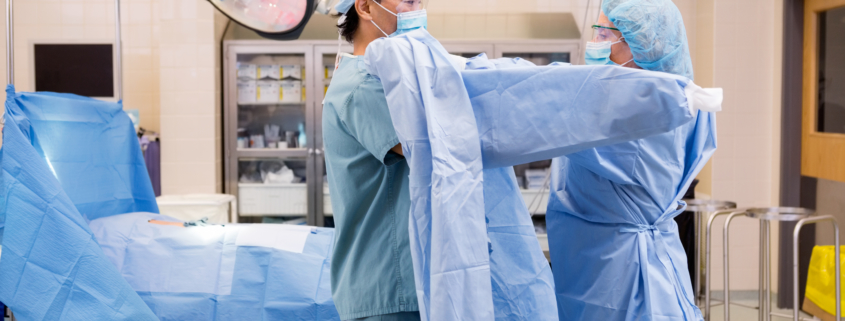Why Micrex Will Not Sell Lab Machines
When Micrex technology was in its infancy in the 1960’s and 70’s, the company’s strategy was to outfit leading firms in the nonwovens, paper and packaged goods industries with small scale R&D equipment to foster product development. This strategy was pursued, and about ten lab-scale Micrex®/Microcrepers™ were sold.
Following the machine sales, Micrex waited for these R&D machines to start producing new commercial products. Our management was patient and continued to sell R&D lines.
Armed with the perspective of over 50 years of pursuing this R&D strategy, we note that none of the R&D machines in the hands of our customers produced a successful commercial product. The absoluteness of this outcome was stunning. Why were these machines not succeeding? In fact, it was even worse. Companies with R&D equipment were not running trials at Micrex either. It was as though possession of R&D equipment prevented companies from using Micrex technology.
Learnings
In the last twenty years we have developed insight into what happens with the equipment:
-
- The key to why the strategy failed is understanding that Microcreping a new substrate is difficult. At Micrex we have nine different configurations of equipment to apply. At best, our customer might have two or three of these configurations. This means the customer began with only 1/3 the capability we have available at Micrex.
- When we train a customer’s operator for an R&D line, realistically that operator might only retain 80% of what they are taught. Back at their company, they would likely have duties other than Microcreping. Over time some of our training is forgotten. Eventually they are retired/fired/transferred/promoted and must train their successor. This successor likely captures 80% of what they are then taught. Simply put, over time the knowledge and best practices taught at Micrex are lost.In contrast, at Micrex all we do is Microcrepe. Our operators run a wide range of substrates and participate in our customer trials. Their skills become better and better over time.
- No one in business likes to admit what they don’t know; therefore, rather than seek help from Micrex, a company’s R&D machine often becomes a type of test stand that proves the technology does not work. Because of the limited configurations and the loss of machine knowledge — they only have 1/10th the chance of success when compared to Micrex.
While these learnings seem very negative, the reality is that literally hundreds of highly successful products have been produced by Micrex/Microcrepers around the world. The operative question for Micrex was then: if the R&D machines did not provide the path to aid new product development, what would?
Our solution: screening trials at Micrex. That is how our Free Screening Trial Program was born. The R&D trials are carried out at Micrex. Our technical team brings years of experience and a breadth of equipment. While we figure that a “free trial” actually costs Micrex about $2,000, it provides a seamless and speedy way to get a reading on whether Micrex technology might be applicable for a customer product. Further, performing these trials improves our skillset on the machine, and informs us on what our customers want.
Screening Trials arrive at Micrex from all over the world daily. Usually we can give feedback to the customer within a few days.
To save time, money and increase your likelihood of success, we recommend that you forget about the R&D machine, and try a Screening Trial.


